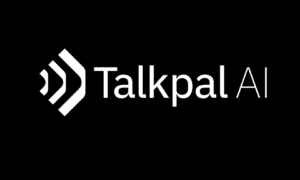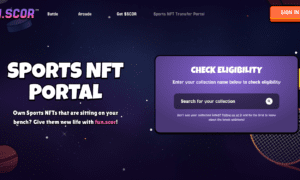AI has been improving steadily and appeals to many industries, including graphics design. The world has been introduced to multiple AI tools capable of generating images or assisting designers, which can simplify tasks and increase productivity.
So, what else can AI do for graphics design? How does it affect the industry? Let’s dive deeper into AI use in graphics design.
AI in Graphics Design
AI in graphic design isn’t only about generating images. It can support motion graphics, hyper-personalization, photorealism, and typography innovation. It can simplify repetitive jobs and assist designers who must finish their work quickly.
Brands have now been utilizing various AI tools for their graphic design tasks. Two main types of AI can be used for graphics design.
Generative AI
Generative AI is artificial intelligence that understands what a user types and can turn the text into an image. Generative design uses NLP (Natural Language Processing), which allows computers to teach human language.
After users send text, the AI translates it into visual images. AI uses data from algorithms through a more profound learning process, which teaches the computer how to process multiple complex layers of information, just as the human brain does.
This is the work behind generative AI. Texts are transformed into multiple shapes and colors and connected into one coherent image. Therefore, if the user, for example, asks the AI to draw a pond with ten fishes, it’ll turn the text into code that will guide the AI while it shapes the image. It feeds the generator information about what to include and how to represent them according to the user’s prompt.
AI models are trained to improve continuously through larger datasets to produce better images that fit the users’ prompt. During the training process, the AI will see more one-object references. Therefore, it can create a good and varied representation of the prompt.
AI-Assistant Tools
The other type of AI is the AI-assistant tool. Instead of generating or creating a design independently, these AI tools assist designers in the process. Still, like other AI tools, they’re human-driven.
These tools are also called AI copilots. They can assist designers by recommending layouts based on their needs, generating brand kits, or devising color schemes. They leverage deep learning and neural networks to make the process quicker.
AI-assistant tools don’t work only for static images. Designers can find various tools for video editing, such as a video colorization tool. Video coloring can be taxing and time-consuming, but with this tool, designers can quickly finish their work and get a good result.
Video colorization tools aren’t the only type of AI assistant. It can assist designers on many levels, including adding a logo, adding speech, creating a video from scratch, and more.
How Designers Can Utilize AI tools
AI can help with many things, depending on the designers’ needs. Here are some common ways professionals use AI for graphics design.
Image Editing and Enhancement
Designers can use AI to adjust images’ colors, contrast, and brightness and remove imperfections from the picture. These editing tasks can be time-consuming, especially when aiming for the perfect result. AI can shorten the time needed to produce the best outcome, making designers more productive.
Layout Suggestions
Professional designers can utilize AI in the planning stage by asking it to generate layout options for their projects. AI can analyze trends and users’ preferences so designers can generate the perfect start line before working on their project.
Color Palette and Font Selection
Color and font can be crucial for branding and style. By utilizing AI algorithms, designers can get the perfect recommendation without spending too long looking for the perfect color and font.
Data Visualization
Sometimes, designers are tasked with simplifying complex data and turning it into a visual presentation that’s easier to understand. Data processing alone can be taxing, but AI can help designers create these visualizations more quickly.
Predictive Design
Staying up to date is one of the most important things to do to ensure a project’s marketability. By using AI algorithms, designers can predict design preferences that better anticipate users’ needs, resulting in more effective final designs.
The Impact of AI in Graphics Design
AI can’t replace human creativity, but it has become one of the most essential tools for effectivity. There’s a limit to how much AI can do, as it lacks the depth of creativity and originality of man-made designs.
Unlike humans, AI also can’t comprehend human emotions and experiences, which may affect the design’s ability to make emotional connections. As AI can only generate images or assist designers by looking at references, they can’t come up with original ideas or unique innovations.
However, they’re helpful for professionals and beginners alike to finish repetitive tasks and improve work efficiency. Graphics design isn’t a simple task, and some aspects of the process can be highly time-consuming.
When designers are trying to fulfill an increasing demand, AI can be a powerful tool that boosts graphic designers’ effectiveness while keeping their projects’ quality high.





























